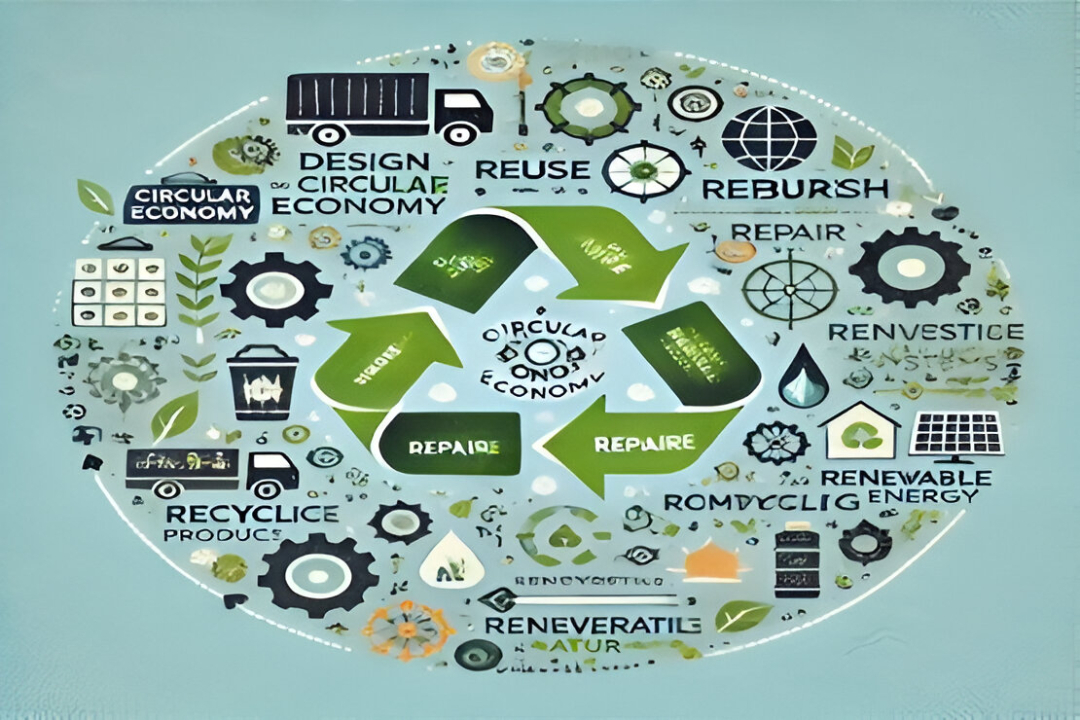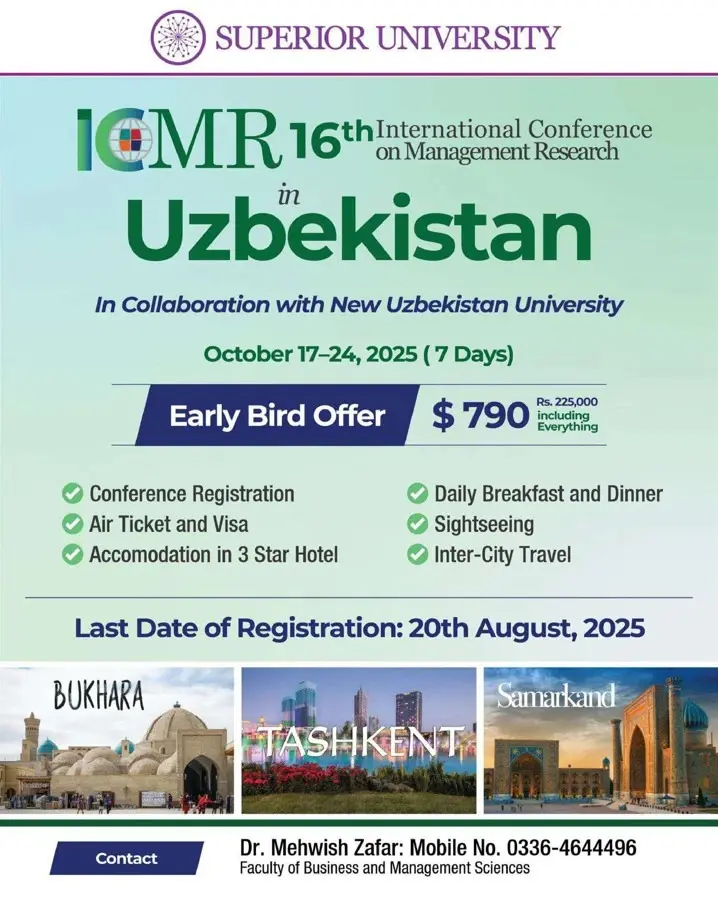


In a world facing shrinking natural resources and growing mountains of waste, the concept of a circular economy emerges as a powerful solution. Unlike the traditional linear model of “take, make, dispose,” the circular economy promotes a closed-loop system where waste is minimized, and materials are continuously reused, repaired, or repurposed. It represents a shift in how we produce and consume moving from disposable habits to sustainable practices that preserve resources, protect the environment, and extend the life of products.
At its core, the circular economy is about designing systems that prevent waste from ever being created. Products are developed with longevity, repairability, and recyclability in mind. This approach not only reduces environmental impact but also unlocks new opportunities for economic growth. Rather than throwing away old products, materials are kept in circulation through smart design and thoughtful use. The goal is to reduce dependency on finite resources and minimize the environmental damage caused by production and waste.
Our current economy has long relied on a linear model extracting raw materials, producing goods, using them, and discarding them when they’re no longer needed. While this method fuelled industrial growth for decades, it has led to serious challenges. Natural resources are being depleted faster than they can be replenished, pollution is harming ecosystems, and valuable materials are wasted instead of reused. These issues not only threaten environmental health but also create economic inefficiencies. The circular economy offers a promising alternative by promoting sustainable innovation, efficient use of resources, and long-term environmental stewardship.
What Is the Circular Economy and How Does It Work?
The circular economy is built on three key principles. First, eliminate waste and pollution. This begins at the design stage companies like Fairphone create modular smartphones where individual parts can be easily replaced instead of throwing away the entire device. This approach reduces e-waste and encourages longevity. Second, keep products and materials in use. Instead of discarding used components, businesses like Renault refurbish car parts to preserve value, save energy, and lower production costs. Third, regenerate natural systems. Food waste, for example, doesn’t have to end up in landfills. Companies like Toast Ale are transforming surplus bread into craft beer, while others use composting methods to enrich soil and support sustainable agriculture.
Real-world examples further prove that circular practices are not only possible but profitable. Outdoor clothing brand Patagonia repairs and resells worn gear, helping reduce textile waste and promoting circular fashion. The Loop Initiative partners with major brands to offer products in reusable packaging, reducing single-use plastics and creating a sustainable packaging ecosystem. These efforts demonstrate how sustainability and economic value can go hand in hand.
Why Is It Important to Adopt a Circular Economy?
The circular economy offers numerous benefits. For businesses, it opens innovative opportunities to reduce costs by reusing materials and investing in long-lasting products. For the planet, it means significantly lower emissions, less waste, and reduced pressure on natural ecosystems. By cutting our reliance on raw materials, we also reduce vulnerability to global supply chain disruptions, making economies more resilient. Most importantly, this model supports job creation, particularly in repair, refurbishment, recycling, and innovation sectors.
A circular economy transforms yesterday’s waste into tomorrow’s resources. It’s not just a possibility it’s a mindset shift that redefines how we view products, materials, and responsibility. Every small action, from using reusable bags to supporting brands with circular practices, contributes to a larger global movement toward sustainability.
The Bottom Line
Transitioning from a “take-and-throw” lifestyle to a circular economy is essential for a sustainable future. It’s about conserving resources, minimizing waste, and designing with regeneration in mind. Achieving this vision requires collaboration between governments, businesses, and consumers. But the rewards reduced environmental impact, economic stability, and a safer planet for future generations are well worth the effort. The circular economy isn’t just a trend; it’s a practical path forward, allowing us to circulate, regenerate, and flourish together.



Iram is a passionate Customer Relationship Officer at Bank Alfalah Islamic with two years of experience in branch banking. Iram holds a Master’s degree from Education University and she committed to delivering results with integrity and dedication.
Please note that all opinions, views, statements, and facts conveyed in the article are solely those of the author and do not necessarily represent the official policy or position of Chaudhry Abdul Rehman Business School (CARBS). CARBS assumes no liability or responsibility for any errors or omissions in the content. When interpreting and applying the information provided in the article, readers are advised to use their own discretion and judgement.
If you are interested to write for CARBS Business Review Contact us!